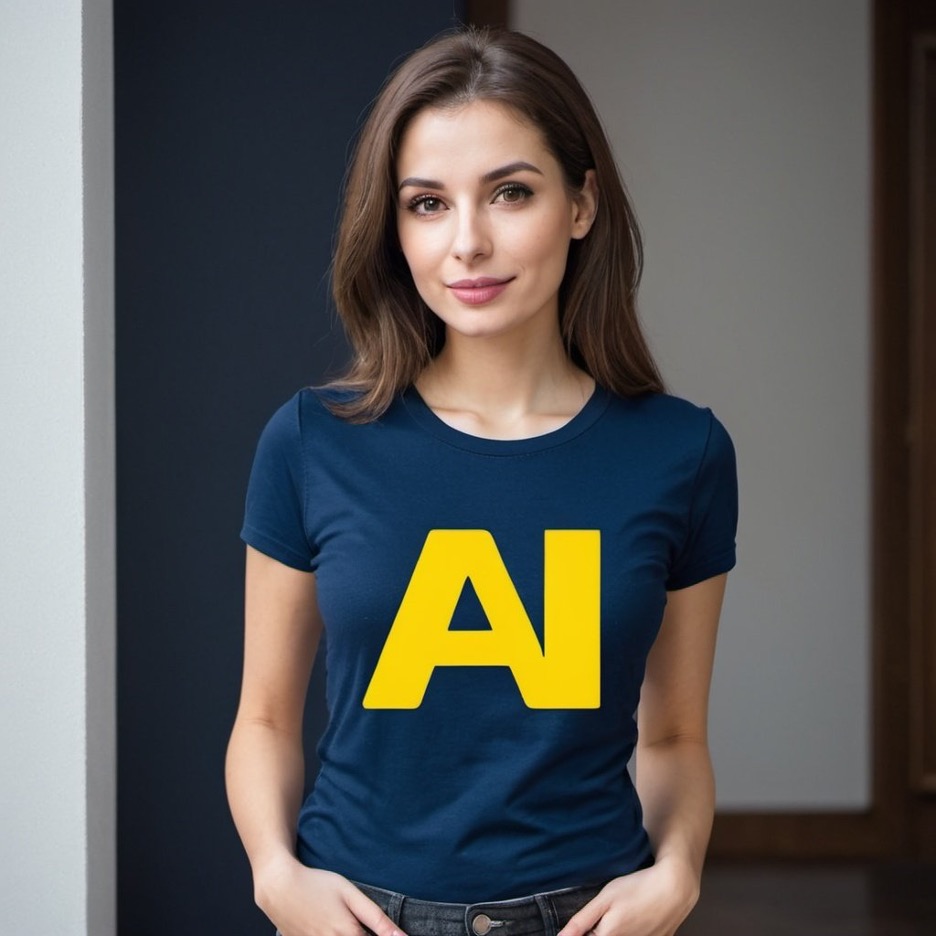The concept of AI PCs has gained attention, but its definition and standards are still evolving. And proposed segmentations for AI PCs will be offered, which will help shape the industry’s understanding of what an AI PC is. At the core of an AI PC is the Neural Processing Unit (NPU), a processor defined by its performance capabilities in trillions of AI operations per second (int8). This may lead to initial confusion and debates on measurement and calculation. However, an industry-accepted benchmark will emerge, and application segmentation will occur, with different needs for content creation, pro apps, gaming, and more. As the AI PC category develops, exciting applications will emerge, delivering remarkable results and showcasing the platform’s potential.

When the IBM PC was introduced in 1981, there was one model and one segment. Over time, it evolved. First, it was commercial and consumer, then it got segmented into good, best, and better, and along the way, professional was added to cover workstations. Smartphones underwent the same introduction and segmentation, as did automobiles and almost every product that was developed. It’s normal, natural, and necessary—one seldom fits all.
This year, we saw the introduction of the AI PC. Ill-defined, it has nonetheless caught the imagination of suppliers and consumers, and will likely be a term we use for a few years until everyone realizes that all PCs that have current-generation discreet GPUs are indeed AI PCs.
In the process of that realization, the power or quality of a so-called AI PC will be defined.
The segment names may be debated and possibly changed, but these initial efforts will help define the broad categorizations and will focus on the industry’s concept of what an AI PC is, or should be.
At the heart of an AI PC is a new processor, the Neural Processing Unit (NPU). It is not a well-defined device and can be described by processor suppliers to suit their technology and marketing efforts. For now, it is being defined on the basis of its performance capabilities, expressed as trillions of AI operations per second, and uses a smaller data size—8-bit integer (int8)—than conventional FLOPS at 64-bit (double-precision floating-point format) operations per second, abbreviated as FP64. That will cause some confusion for a while, especially when the processor suppliers boast about how many their chip can produce.
There will also be the usual backbiting about how it is calculated or measured. Eventually, and very soon, an industry-accepted benchmark will emerge and neutralize the claims, counterclaims, and criticisms. This is all part of establishing a new category and is quite normal.
We can also expect application segmentation. The needs and use of AI in content creation apps like image and video processing are quite different from those for pro apps like simulation, CAD, and digital twins; gaming has its own set of needs. Many of those applications already have AI capabilities that are accelerated by the latest discreet GPUs. And, depending upon a supplier’s particular base of experience, companies making marketing claims will naturally lead with their historical expertise.
AI apps and tools will continue to emerge, not just from traditional software suppliers but also from processor suppliers as they seek to make using their devices as easy and convenient as possible. Some of that work will be criticized as locking in developers, but again, that is normal market development—leaders will always emerge and be resented for it.
The best part of this new categorization is that the platform will provide a showcase and deliver exciting, genuinely breathtaking applications that deliver amazing results in seconds.
Introducing a new product category is always an exciting time, as the industry participants learn what works and doesn’t, and what users want and don’t. Right now, only a few users know what they want, and so it’s left to the suppliers to show them myriad possibilities and, to some extent, lead consumers, especially to desirable features and capabilities.
Remember back in the 1990s as the PC took on more and more capabilities: audio, video, gaming, word processing, spreadsheets and relational databases, CAD, networking, and communications with squawky modems? That history will repeat but through applications, and we have a front-row seat. The AI PC? Bring it!